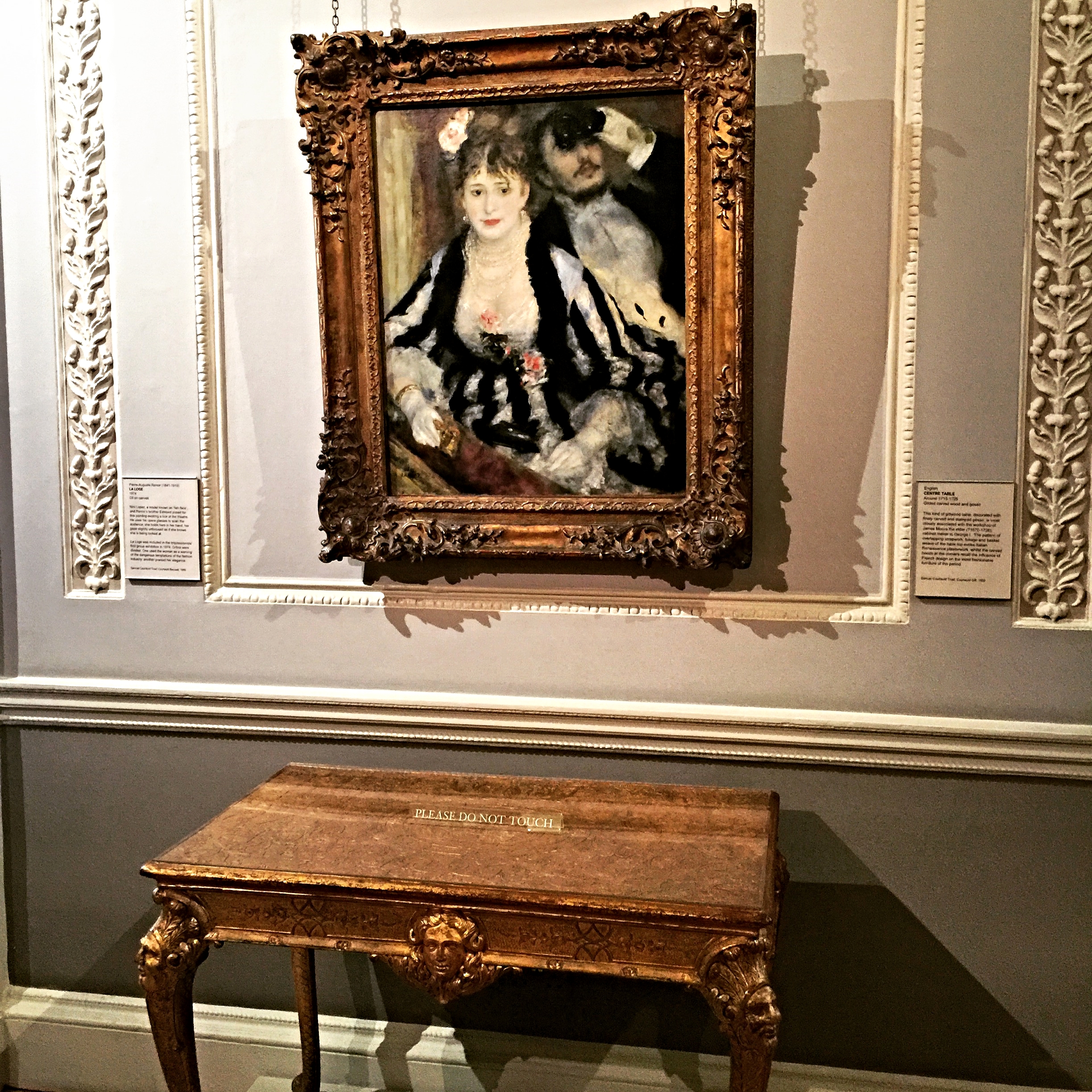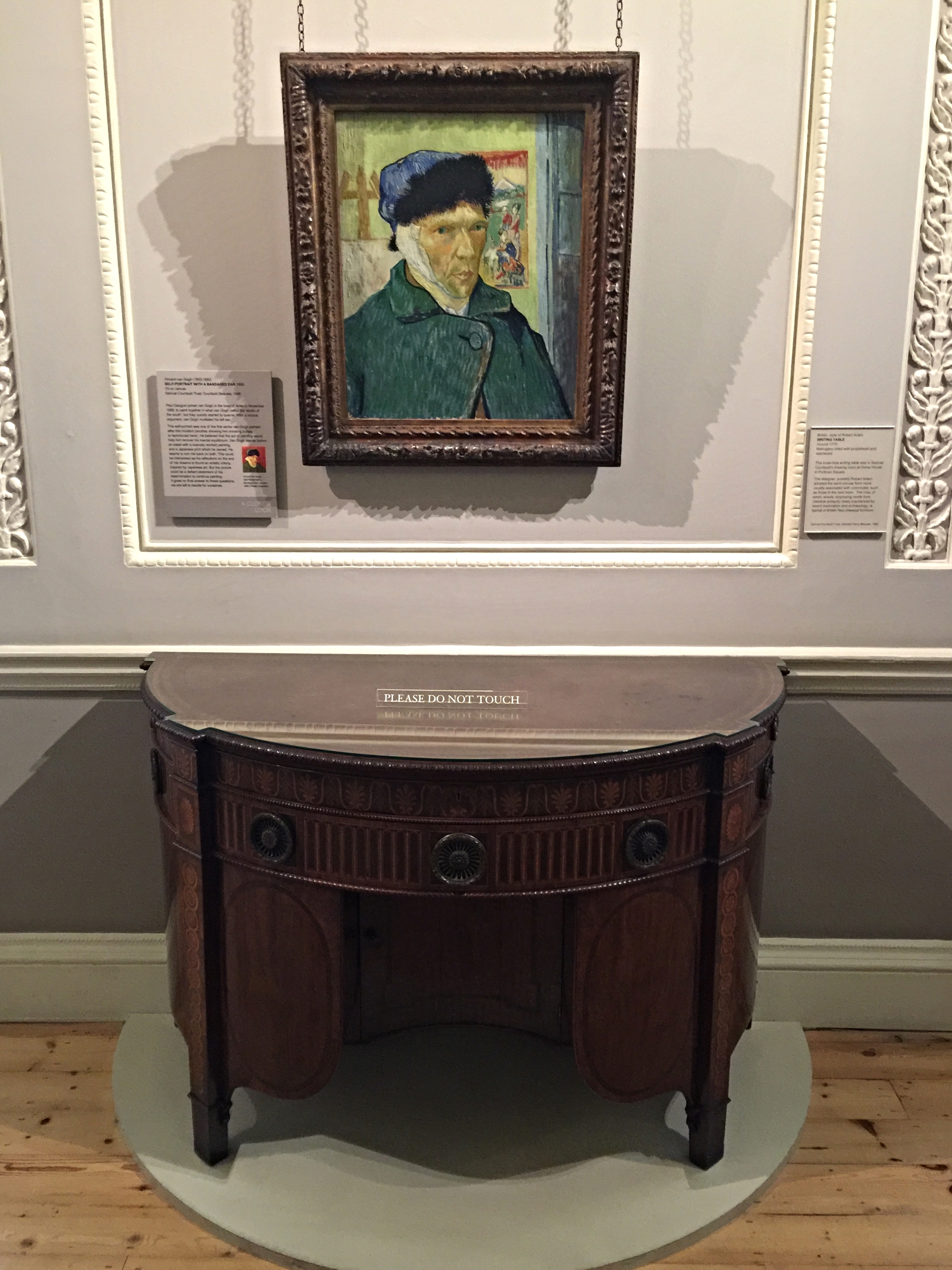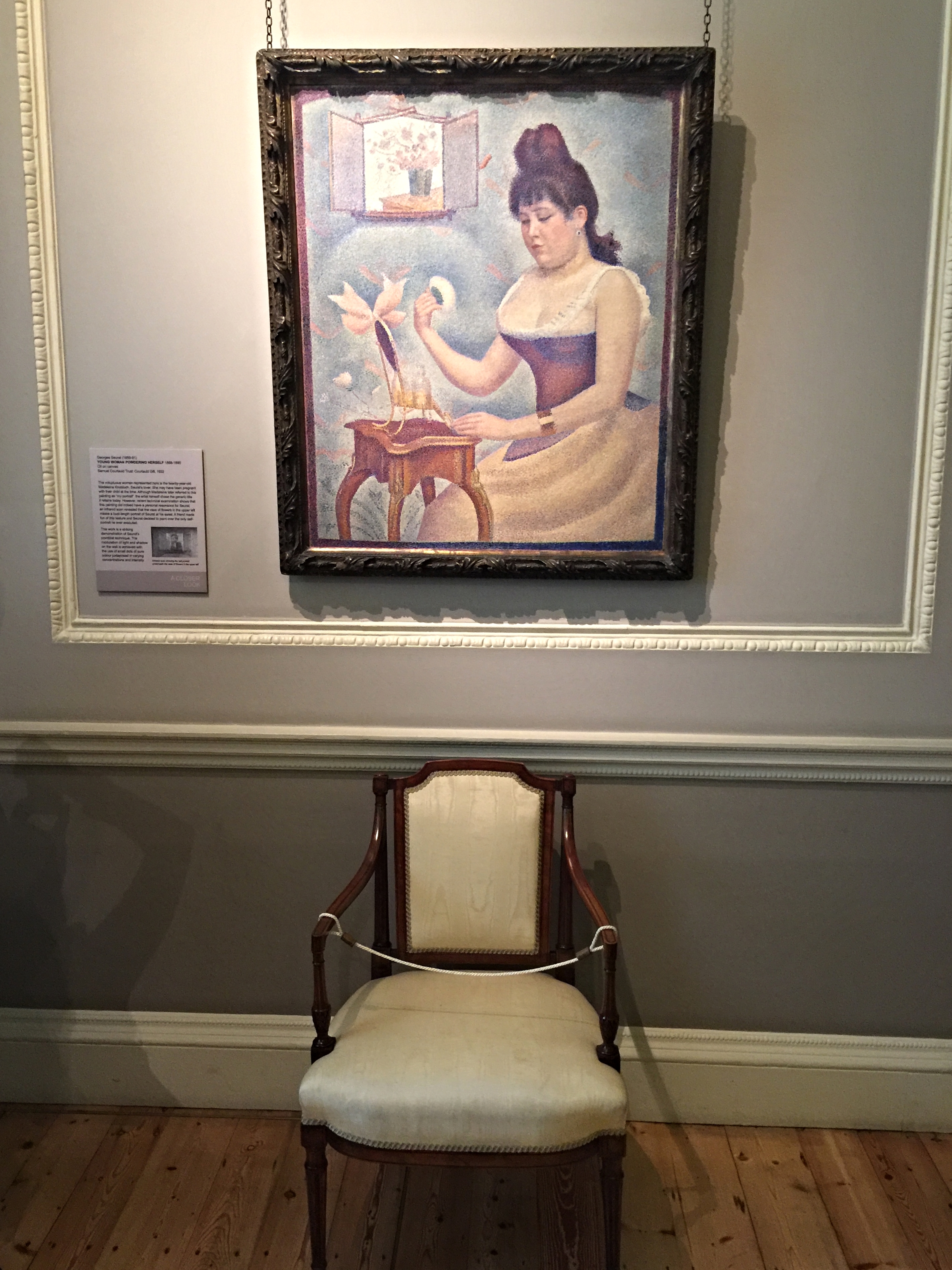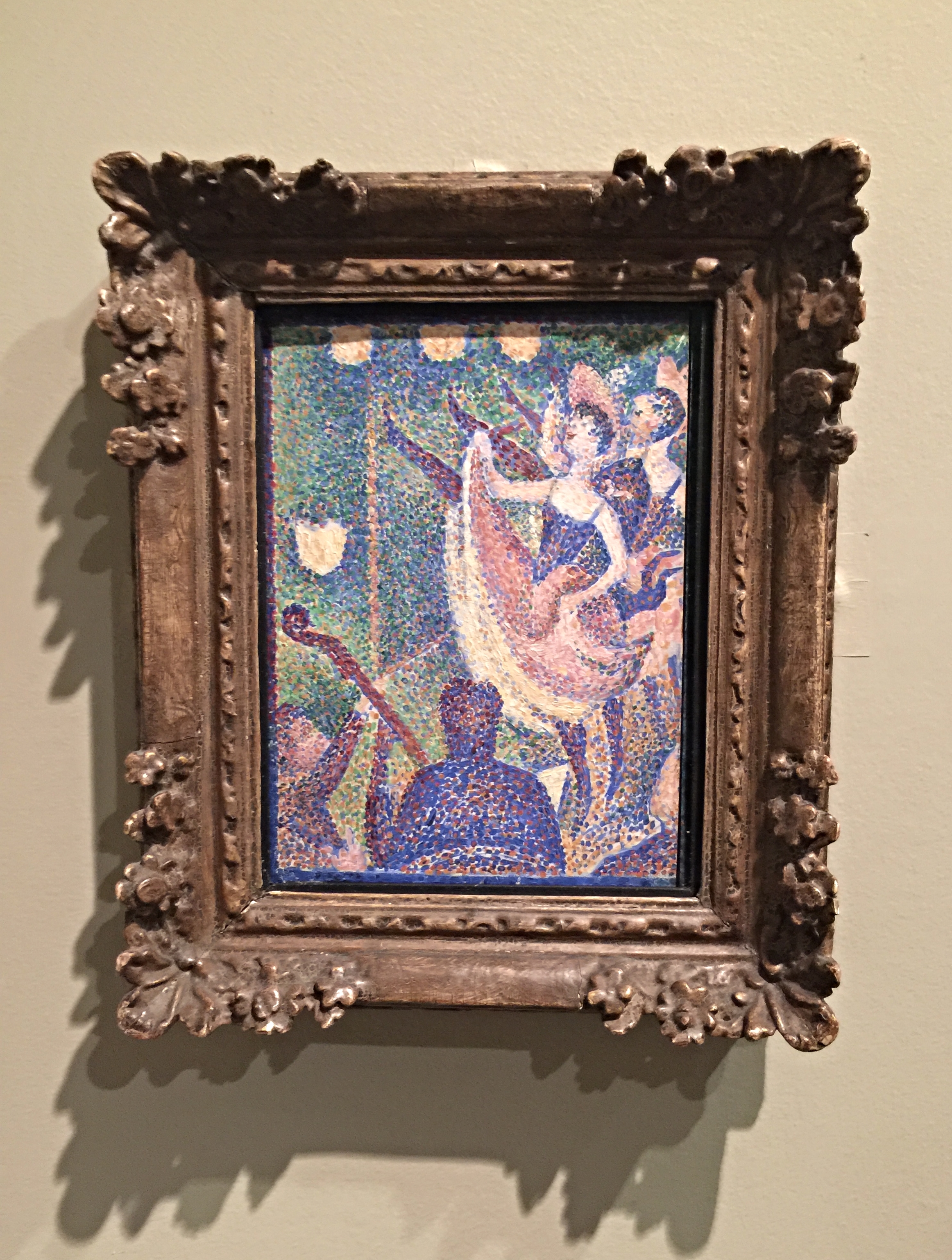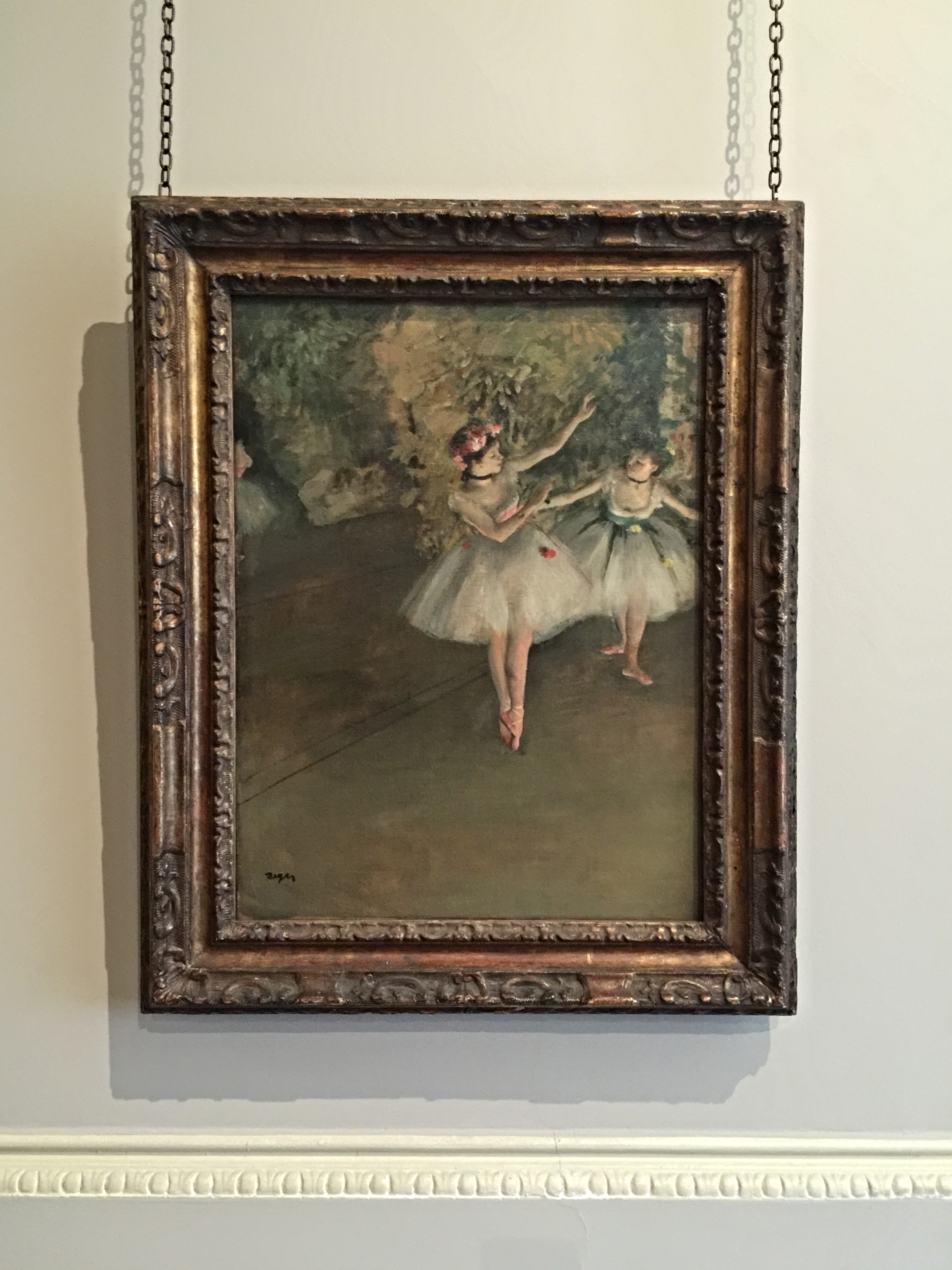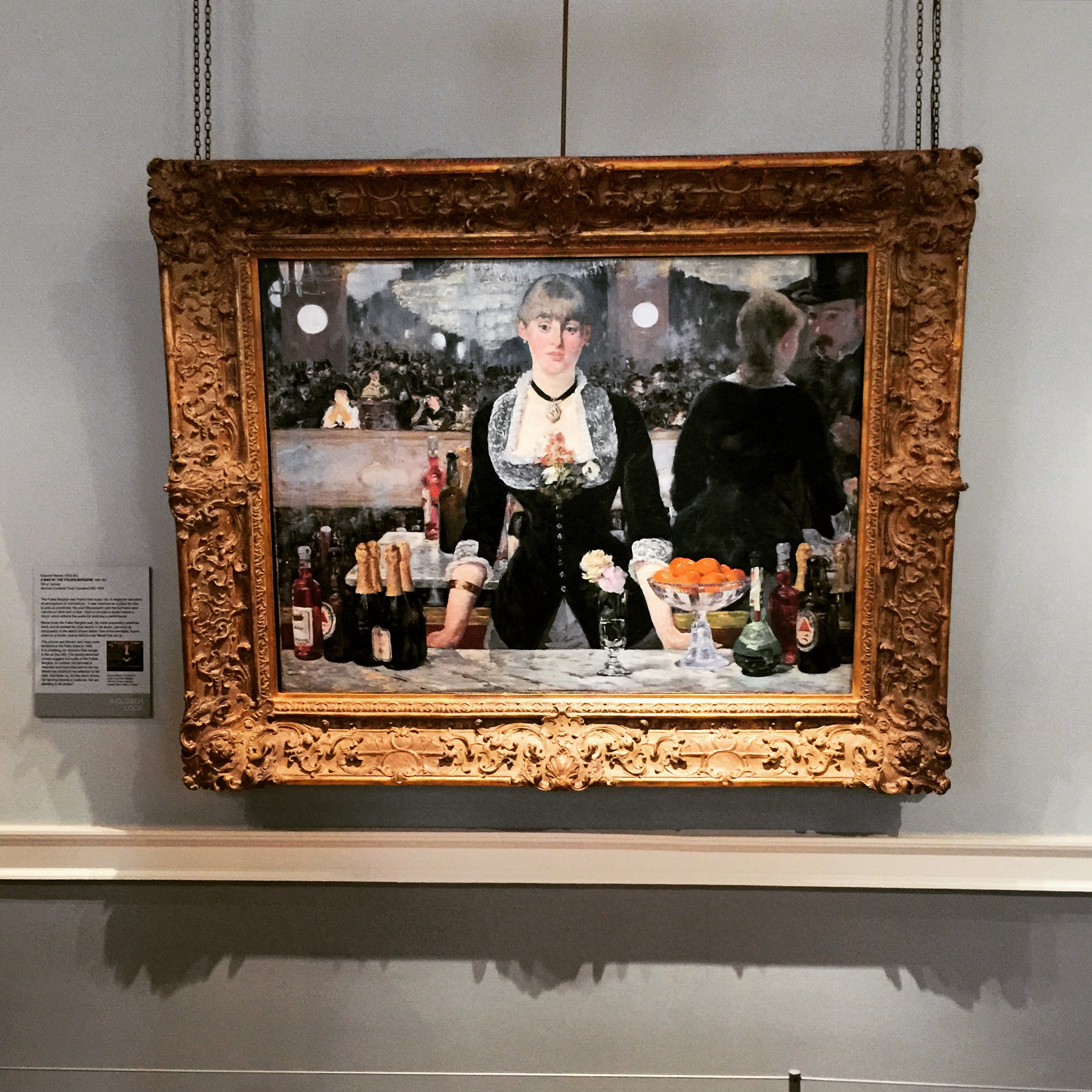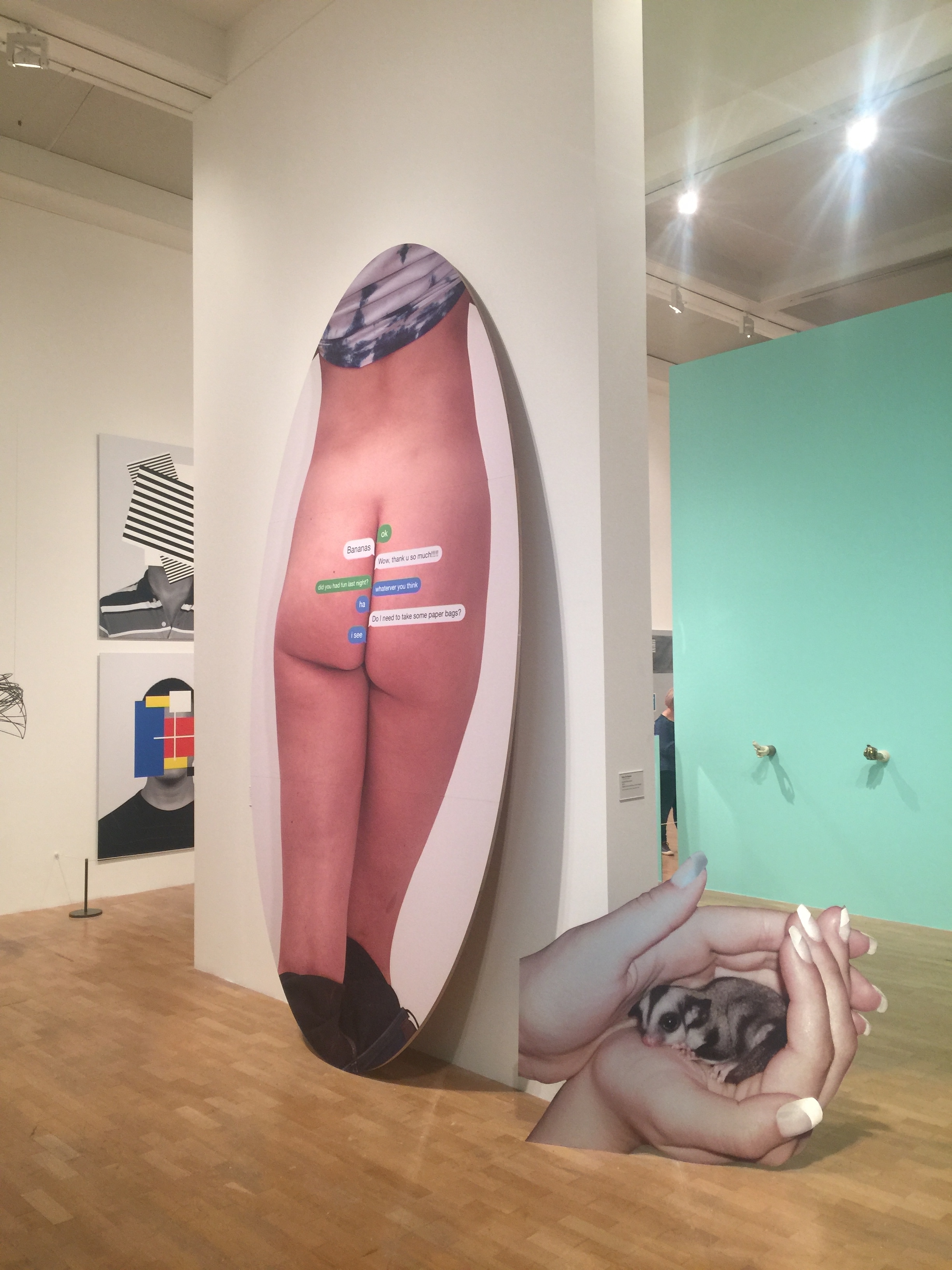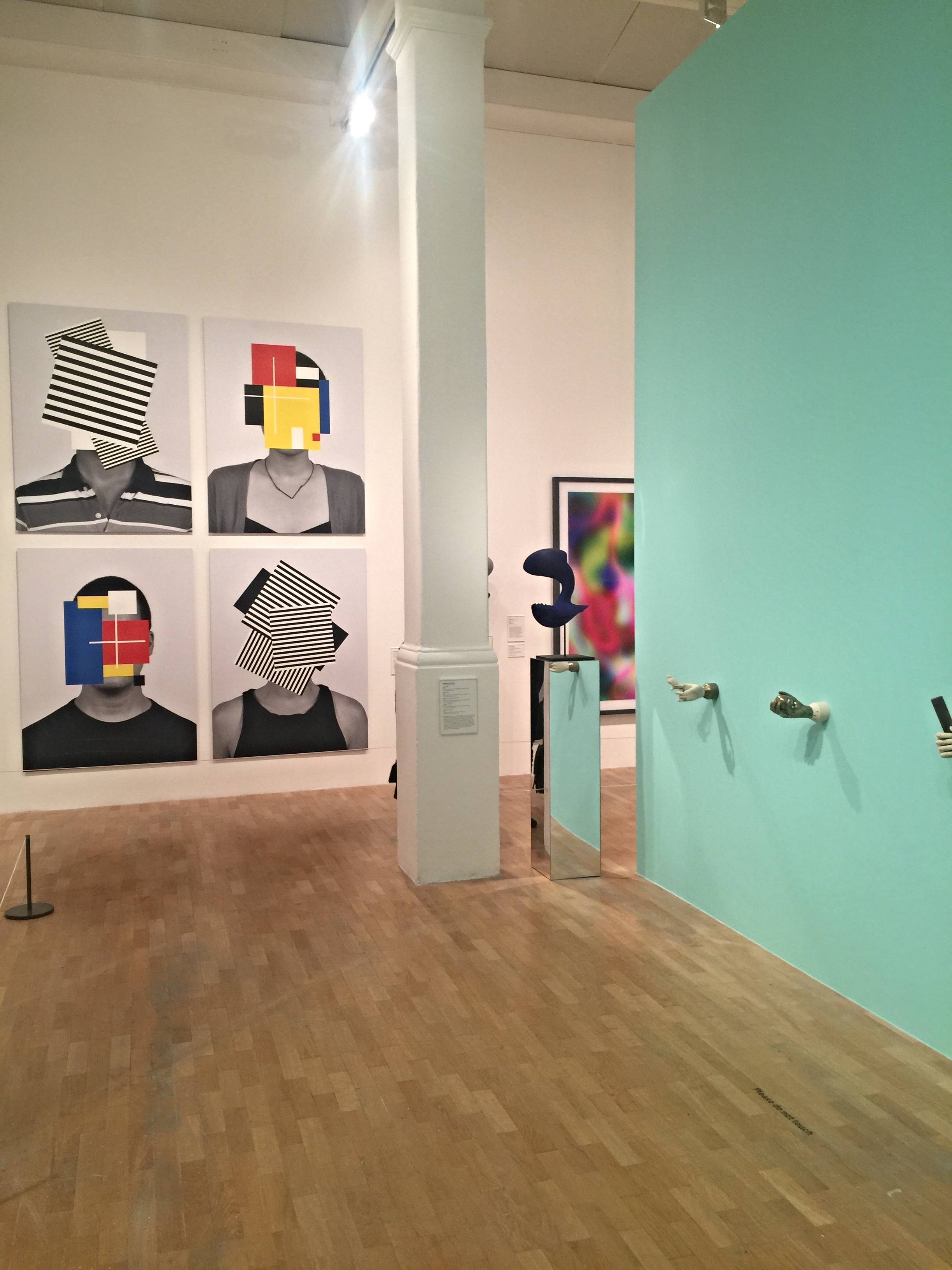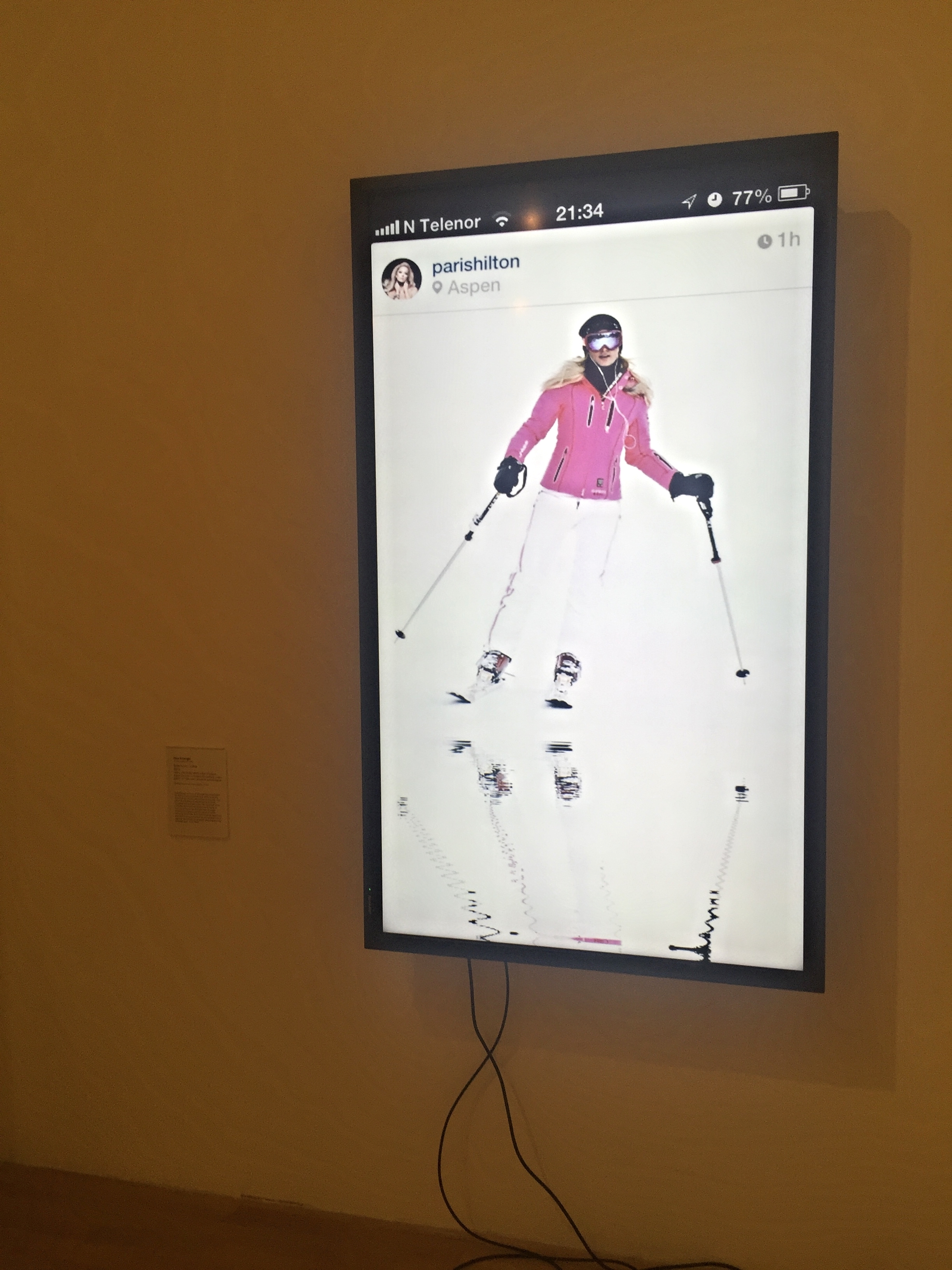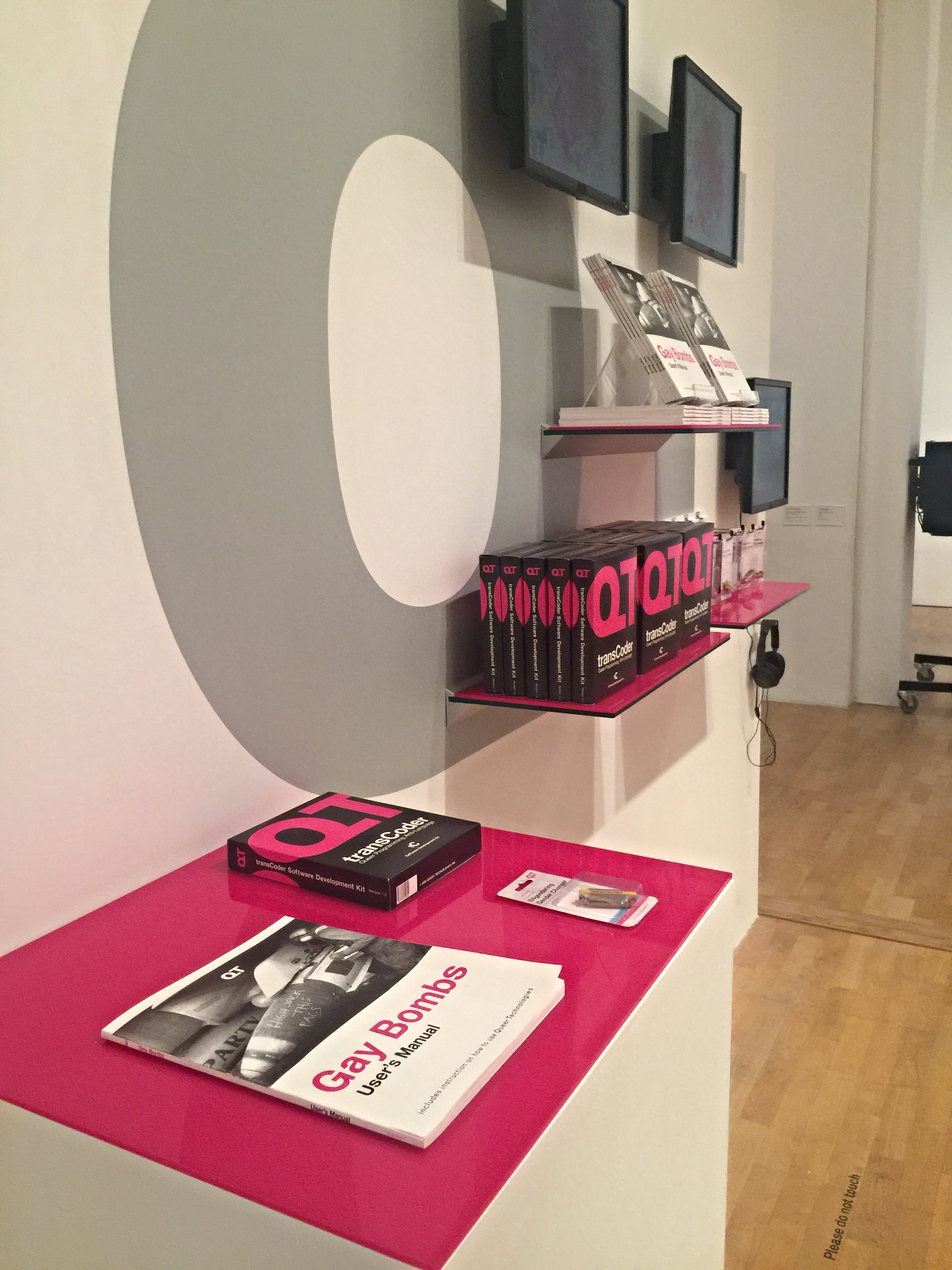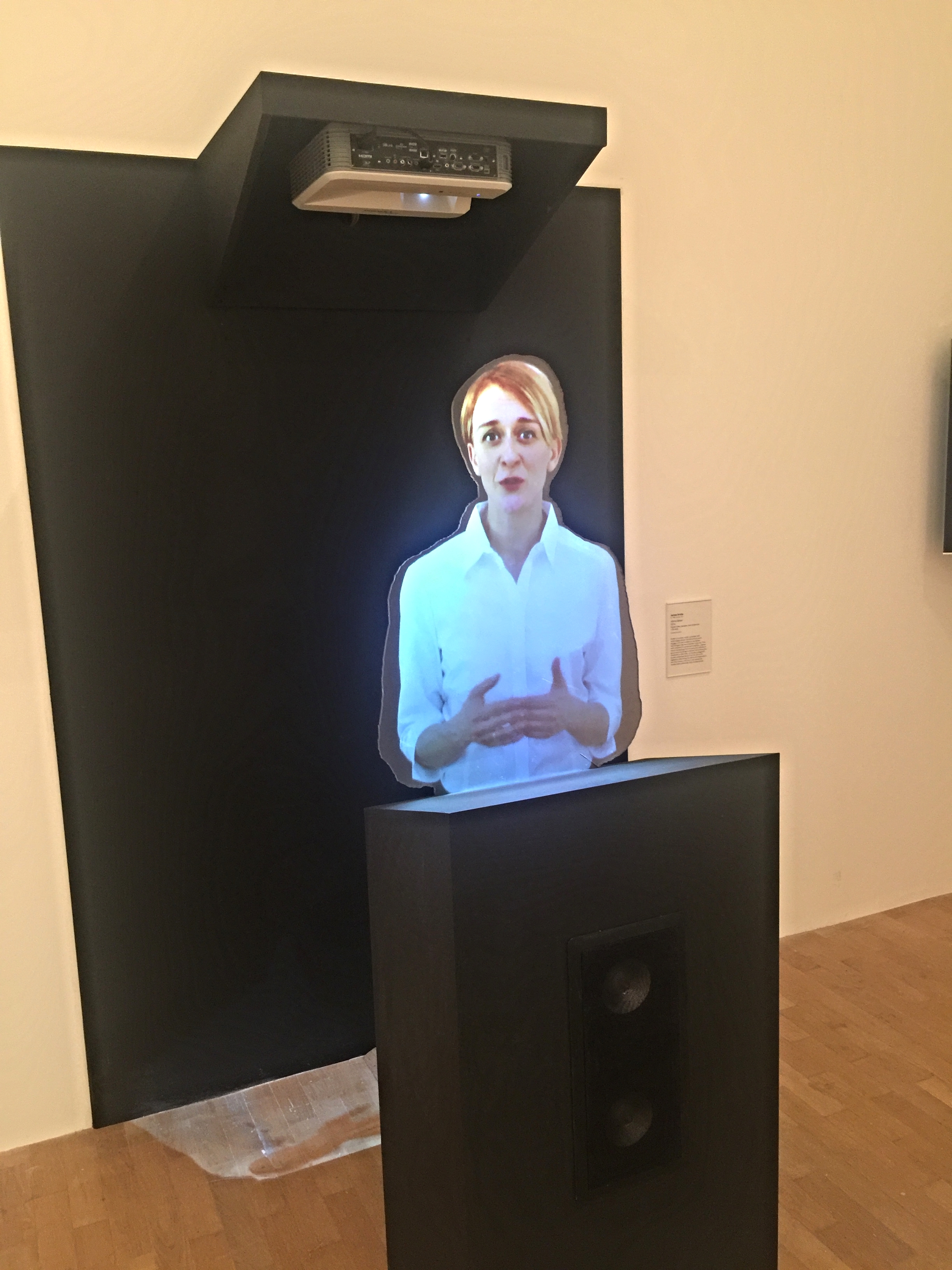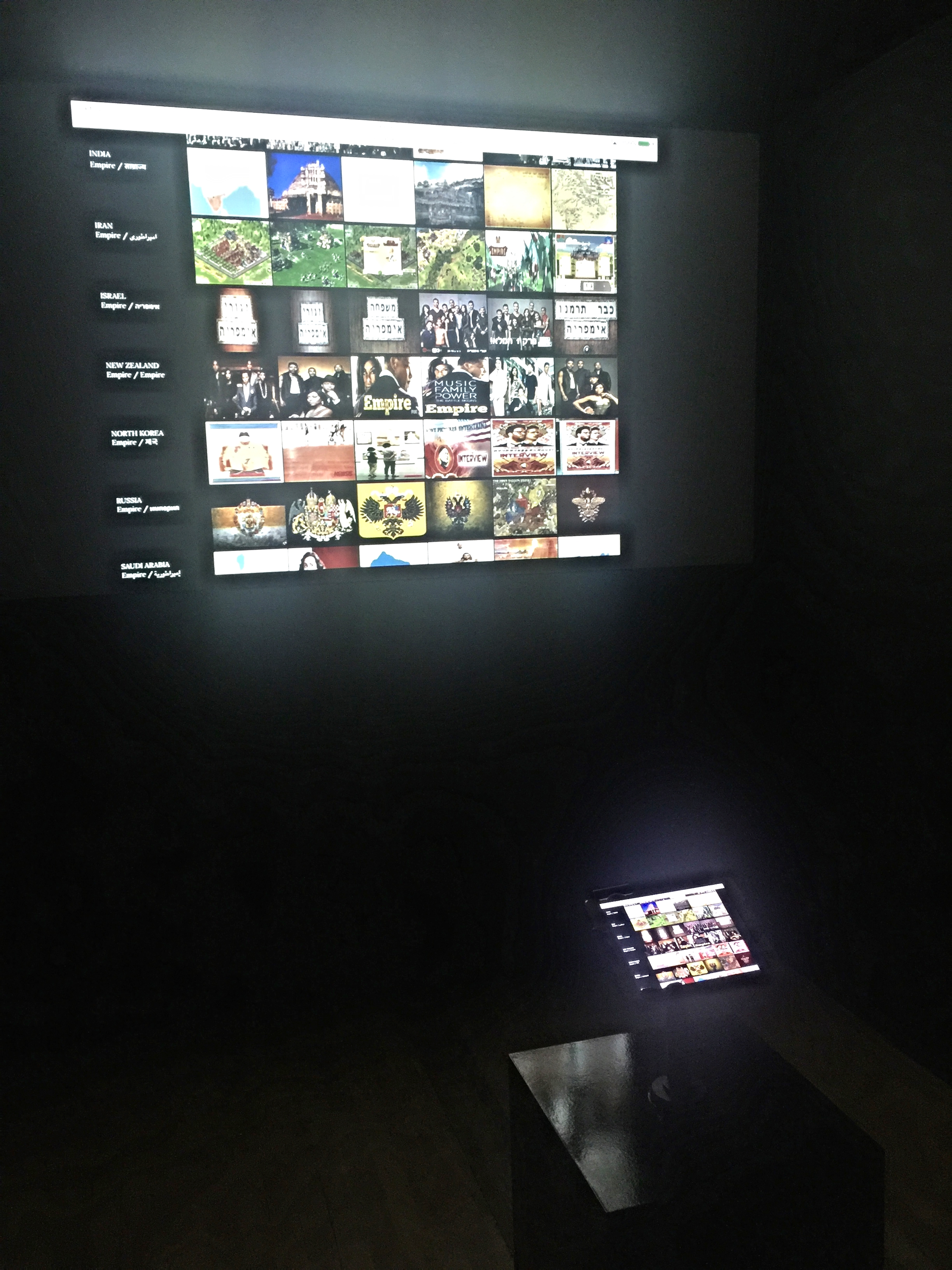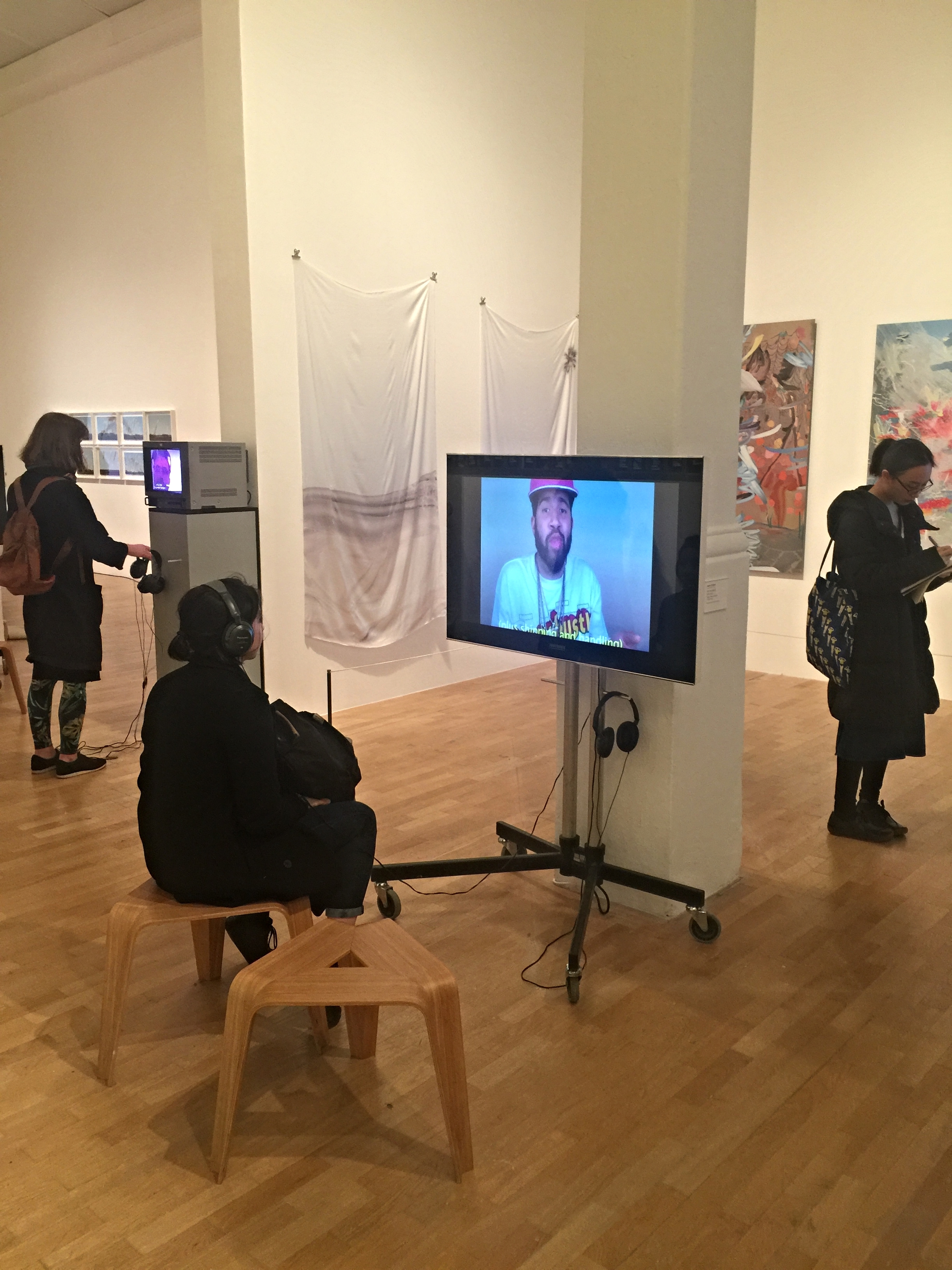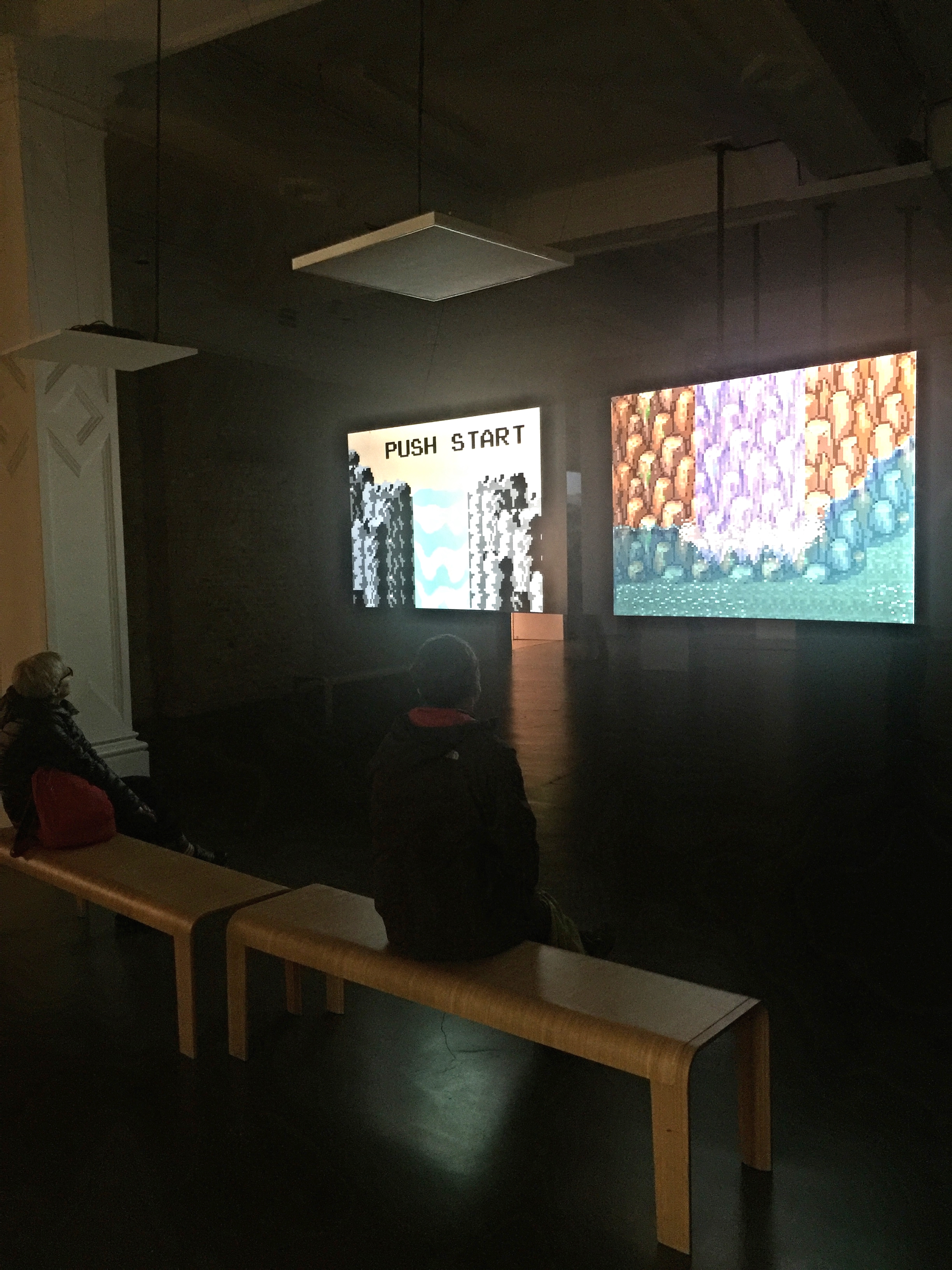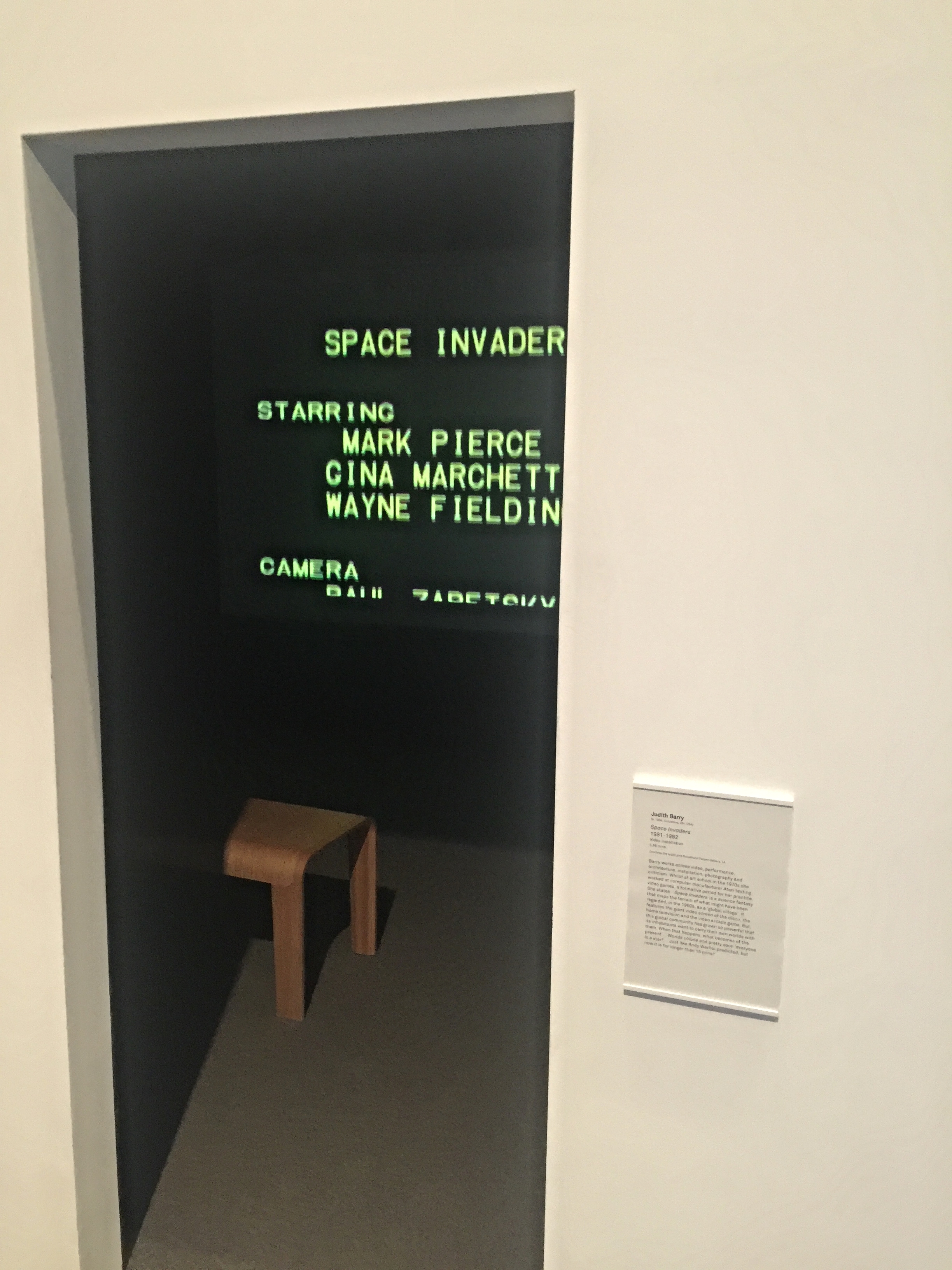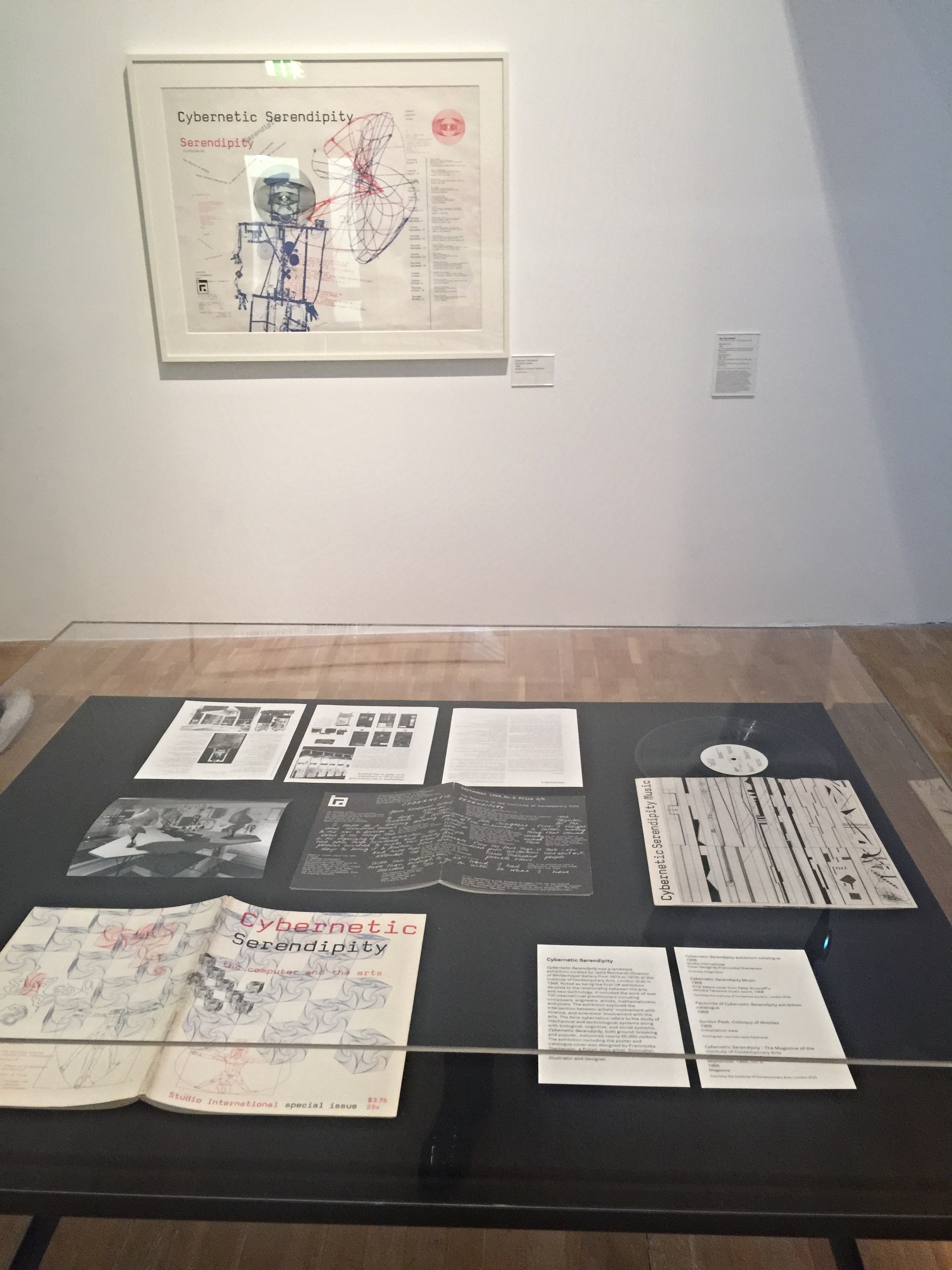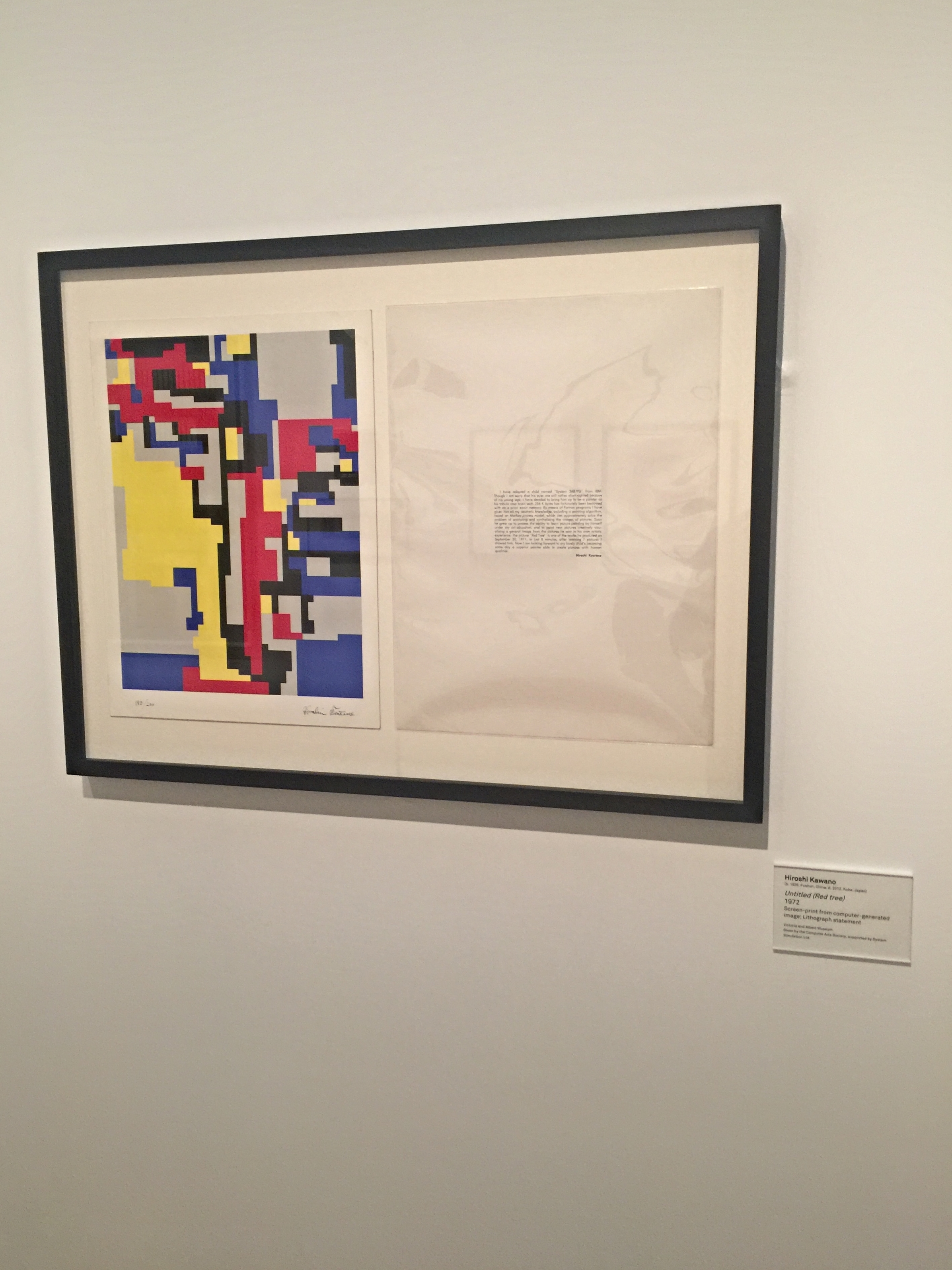Reading break was like a godsend this year! After finishing up co-organizing and hosting the fantastic and very well received Canadian Culinary Imaginations Symposium last weekend with Dr. Shelley Boyd, all of my attention turned to grading, catching up on sleep, and generally recharging. I was also happy to get to many of the films I had been saving to watch ahead of the Academy Awards tonight (Room was FANTASTIC and I highly recommend both the Amy documentary (about Amy Winehouse) and Cartel Land). With all of the controversy surrounding this year's awards, I am once again reminding students in my film studies classes about the history of such moments in the Academy. The Oscars have long reflected all that is loved and despised about Hollywood and its many unspoken codes and rules (I chose the Chaplin image above with these controversies in mind). Of course I wonder along with everyone else how host Chris Rock will deal with the tensions this year-- I have a feeling there will be lots to reflect on in the days to come. For now, enjoy (or hate-watch) the show if you are tuning it, and enjoy my round up of links too. Cheers and happy Sunday night!

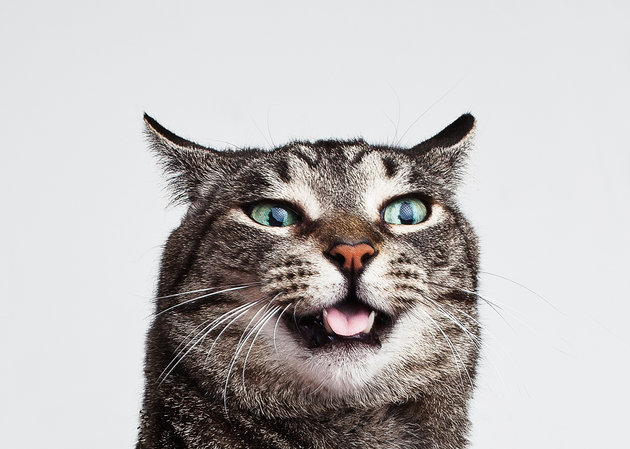








List of Links (for quicker linking):
- Everybody’s a Critic. And That’s How It Should Be.
- Pussy Power: Carolee Schneemann On The Feminist Magic Of Cat Videos
- Watch ‘Bob Ross’ Paint the Happy Little Blood-Soaked Winterscape of The Revenant
- The Life of Pablo vs. the Life of Kanye
- Facebook Reactions, the Totally Redesigned Like Button, Is Here
- We Are Hopelessly Hooked
- Andrea Fraser: the artist turning the Whitney into a prison
- The Digital Dirt: How TMZ gets the videos and photos that celebrities want to hide
- The Culture Gabfest “Who Will Criticize the Critics?” Edition (PODCAST)
- Seeing Through Photographs MoMA (YouTube Playlist)













